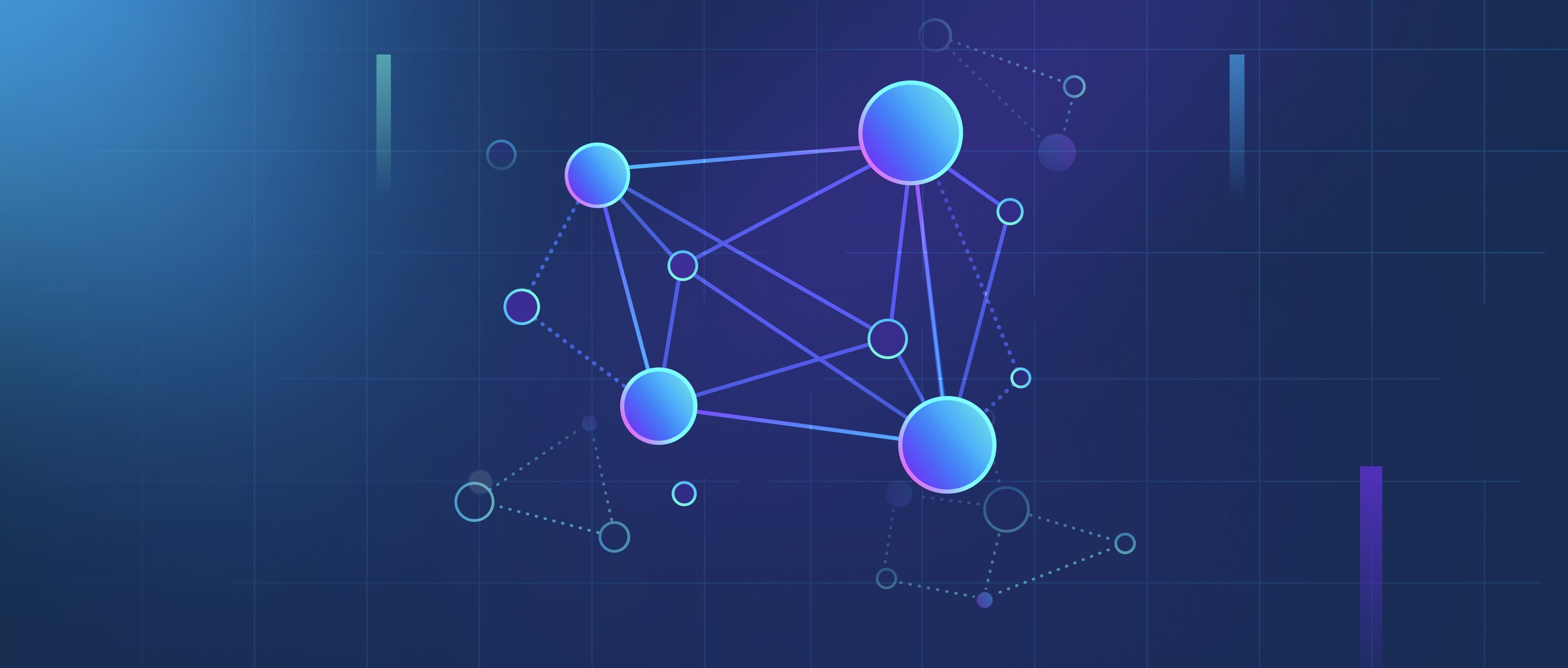Reasoning models and traditional AI models serve different purposes and operate on distinct principles. Traditional AI models typically focus on pattern recognition and data-driven tasks. They analyze large datasets to identify patterns, make predictions, and solve problems based on predefined algorithms. For example, a traditional machine learning model might be trained on images of cats and dogs to classify new images based on learned features. This process relies heavily on statistical techniques and does not explicitly incorporate a logical reasoning mechanism.
In contrast, reasoning models emphasize logical problem-solving and decision-making based on structured information. These models use a form of inference to draw conclusions from given facts or premises. They are often designed to work with symbolic representation, such as rules or knowledge graphs, allowing them to handle complex queries and scenarios that require deductive reasoning. For instance, a reasoning model might be employed in a chatbot that requires understanding of user queries in the context of existing knowledge, allowing it to provide relevant answers based on logical implications rather than just statistical likelihoods.
One of the key differences between these two types of models is their approach to handling uncertainty and complexity. Traditional models usually excel in scenarios where large amounts of training data exist, and the relationships between input and output can be learned through examples. Reasoning models, on the other hand, are better suited for environments where clear rules and relationships are present, enabling them to provide explanations for their conclusions. For example, a reasoning model could assist in diagnosing medical conditions by systematically applying diagnostic criteria, while a traditional model might identify potential conditions based solely on statistical correlations. This distinction marks a significant shift in how AI can be applied across various domains.
